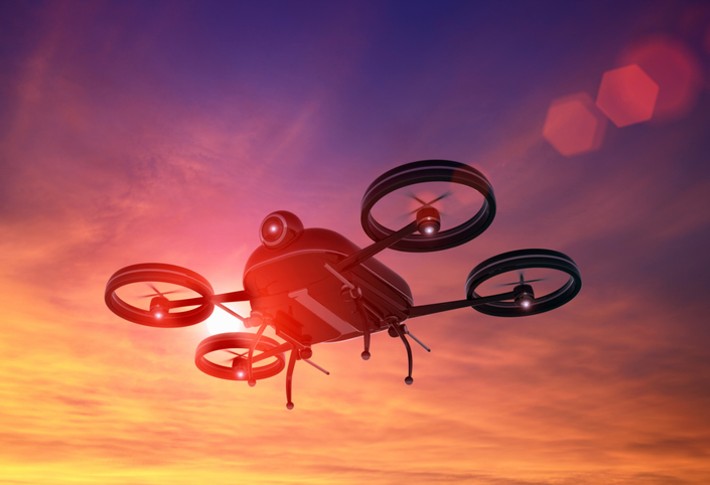Important Drone Features for Taking Great Videos

Drones have revolutionized filming capabilities not only for professional film producers and journalists but even hobbyists can now capture some of the most incredible footage. Gone are the days of needing to get into a helicopter for amazing aerial shots, drones have simplified the task and made it quicker and easier than ever.
Like with any piece of tech equipment, choosing a drone for video production requires some special consideration. When choosing the right drone for the job, start by identifying your shooting style and budget. From there you’ll be able to hone in on the specific features that will enhance your video footage capabilities.
Shooting Style and Camera
The type of drone you choose will depend on whether you need a stable drone that can support a specific camera model or something ultra-light and portable. Many drones come with a built-in camera. These are designed specifically to work with the drone model to optimize weight and balance. Built-in cameras often provide a better image offering high-res still image capture and ultra-high-definition (UHD) 4K video recording. If you’re doing regular drone filming, we don’t recommend getting anything that does not have UHD 4K recording capabilities.
Advanced camera drones offer higher bit rates, bit depths, frame rates, Digital Cinema Initiatives (DCI) 4K, RAW and log recording. These drones are ideal for producing truly cinematic images.
You do get drones that allow you to mount your own action camera, however, these are larger, more expensive and have strict limits as to the cameras they can support.
Quadcopters and Hexacopters
Drones created for video production generally have four rotors (quadcopters) or six rotors (hexacopters). Although more expensive, larger, and harder to transport, hexacopters can generally travel higher and faster with better stability. They do however also cost more to repair.
Battery
An important factor to consider when making your purchase is the anticipated flight time per battery. Consider how much an extra battery will cost and how much flight time you need to get out of a single battery.
Gimbal
A good gimbal will offer more flexibility in the air and a smooth, vibration-free image. Drones come in three-axis gimbal options, two-axis gimbal options and fixed-position cameras which are embedded into the drone body itself. Three-axis gimbals offer the best vibration reduction for the smoothest cinematic results. In addition, something that allows for an unobstructed 360-degree pan will give you incredible perspective and allow you to perform complex camera moves.
Although fixed-position cameras can still do the job, they offer less freedom in your camera movements. Two-axis gimbals are a compromise between the two options and a satisfactory middle ground.
Recording Media
Most drones use MicroSD (micro secure digital), but there are certain higher-end models that may require more expensive solid state drives (SSDs). Check the video recording format of the device to get an idea of how much footage can be stored.
Controls
Important flight control features to consider are latency, obstacle avoidance, video transmission distance, and maximum control. Apart from manual controls, many drones offer automated flight modes including follow, track, orbit, and waypoint flight.
With so many drone options available, it helps to start off by identifying your production style and the type of filming you want to do. From there, consider the most important features that align with your goals and budget.
Your Trust, Our Core Commitment
At Rising Tech, earning and maintaining your trust is the cornerstone of our mission. We're dedicated to transparency, impartiality, and the relentless pursuit of truth in every article, review, and recommendation we publish. Our commitment to these principles ensures that you, our valued reader, are always equipped with reliable and unbiased information. Let us be your trusted guide in the ever-evolving world of technology.